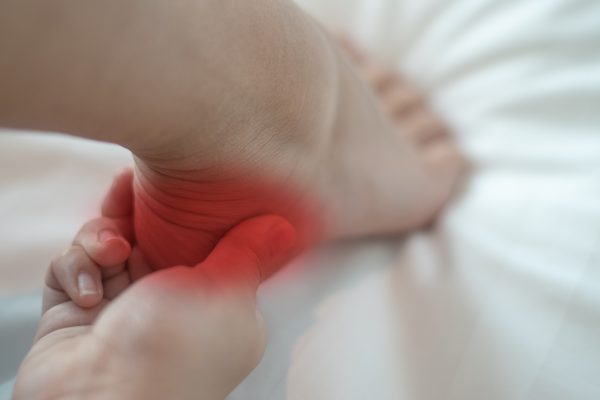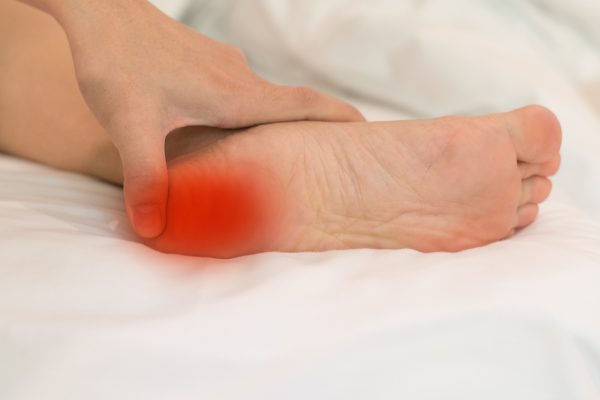Pain in your heel? While heel pain can be caused by a number of conditions— such as Plantar Fasciitis, Posterior Tibial Tendonitis, etc.— calcium build-up, AKA bone spurs, in your heel could be the culprit.
Although spurs can occur in other locations on the body, bone spurs are most often seen in the heel area. This is because of the immense amount of pressure and overuse this location experiences due to holding up the bodyweight regularly.
Let’s learn more about heel spurs by understanding what a bone spur is exactly, its symptoms and how to treat it.
What is a Bone Spur?
Bones spurs, formally called osteophytes, are hard, smooth bumps composed of extra bones that form on the tips of bones. They are most often seen in the joint areas, where two bones meet.
Bone spurs form when the rubbery substance that cushions the bones and gives the joint movement wears down, which often happens naturally with age. The body’s response to this is to encourage bone growth or “spurs” near the damaged areas. The term spur is not indicative of the actual appearance of osteophytes, which is not spiky as the word spur might suggest, but rather a smooth outgrowth from the bone.

Bone Spur Symptoms
If you notice any of the following symptoms, it could indicate the presence of bone spurs:
- Corns or calluses
- Torn tendons, like rotator cuff tears
- Numbness and weakness in the affected area
- Loss of motion within a joint, stiffness. This can also feel like a locked joint and is often the result of a “loose body,” which means the spur breaks off and sticks in the joint lining preventing movement.
- Swelling in the area
- Pain in the area or pain on the top middle of the foot
- Difficulty walking or even standing
Common Causes of Bone Spurs
There are several common causes of this painful foot condition, which are listed below:
- Osteoarthritis. This is by far the most common cause of bone spurs. Osteoarthritis is also the most commonly experienced form of arthritis. It is a degenerative joint disease that often affects individuals aged 65 and over.
- Being overweight or obese. Excessive body weight puts more pressure than necessary on all the body’s joints. Therefore, if you are obese or overweight, this can cause bone spurs to form in various joints in your body.
- Injury to the area. Anytime you injure your body, the natural tendency for the body is to try to repair the area. Unfortunately, this attempt to remedy the problem often makes the issue worse and can even lead to the development of painful conditions like bone spurs. Overuse injuries can also cause bone spurs to form. For example, dancers might experience this issue in their feet due to frequent overuse of these joints.
- Wearing improperly fitting footwear. Shoes that are too tight, too loose or that pinch the toes can cause various foot-related problems, including bone spurs. Make sure your shoes fit you properly and are supportive, without being overly tight or loose to ensure your joints have enough room to function. You can even opt for a shoe with either a square or rounded toe to get a bit of extra room. You can also add extra padding to your shoes to relieve pressure.

How Bone Spurs are Diagnosed
If you are experiencing pain in and around your ankle or foot joints, seek the help of a professional foot doctor to diagnose this condition properly. They will physically examine your foot, looking for signs of bone spurs and evaluating your range of motion. A foot doctor may recommend an X-ray to confirm a formal diagnosis.
What to Do Next
If you think you are suffering from bone spurs, you can try at-home treatments listed in this blog. If that doesn’t help, seek the help of our caring team.
We are here to help restore your mobility and the quality of life you have lost because of a painful foot condition. Contact us today to set up an appointment!
Categorized in: Blog
Comments are closed